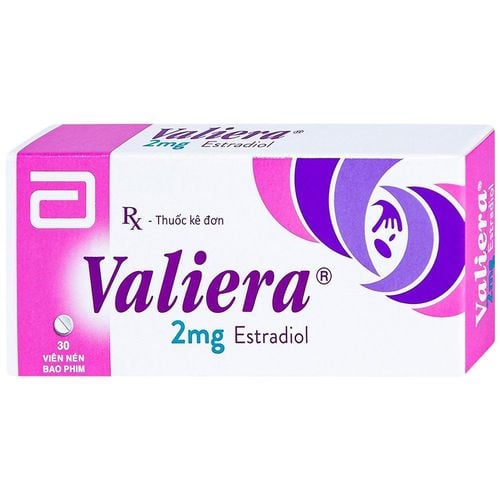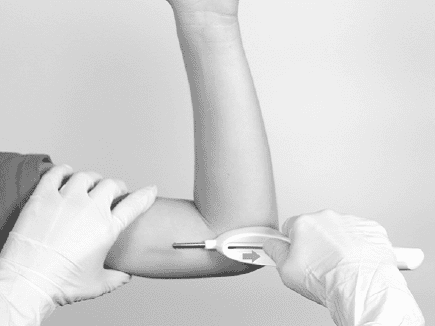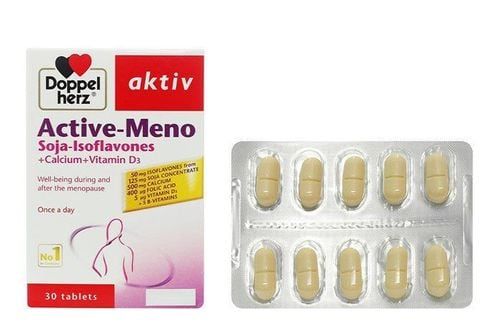This is an automatically translated article.
Menopause marks the end of fertility that has diminished over time. The transition from perimenopause to menopause is associated with the emergence of many features of the metabolic syndrome that are either a direct consequence of ovarian failure or an indirect consequence of fat redistribution in the body. when estrogen deficiency occurs.1. What is metabolic syndrome?
During the 20th century, cardiovascular disease was considered a major cause of morbidity and mortality in developed countries, and much effort was made to understand its pathogenesis and identify risk factors. .The combination of cardiovascular risk factors such as: hyperlipidemia, obesity and hypertension, together with their association with insulin resistance, has led to the hypothesis of the presence of a common pathological condition. , which is metabolic syndrome or insulin resistance syndrome.
Approximately 20-25% of the population has metabolic syndrome (according to NCEP-ATP III criteria), and the prevalence of metabolic syndrome in the over 50s is 44%. There are many factors affecting the incidence of metabolic syndrome such as age, race, body weight, cultural background...
In Vietnam, there have also been many studies on metabolic syndrome, mainly Mainly epidemiological studies on many different pathological subjects such as: obese men, type 2 diabetes patients, hypertensive patients, stroke patients... In postmenopausal women had metabolic syndrome (according to NCEP-ATP III) with the rate of hypertension was 87.5%, the rate of large waist circumference was 74.42%, the rate of very high dyslipidemia was 96.43%.
Metabolic syndrome is a collection of metabolic abnormalities that are associated with insulin resistance and commonly occur in overweight or obese individuals. Insulin resistance and central obesity are important pathogenesis factors.
2. Learn about menopause
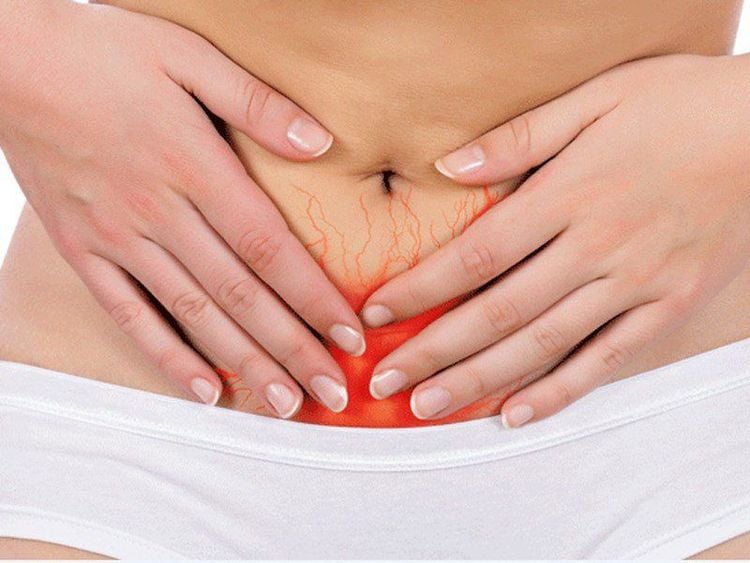
Mãn kinh tự nhiên được xác định khi không còn hành kinh nữa sau 12 tháng liên tiếp và không do một nguyên nhân sinh lý hay bệnh lý nào khác gây ra
The mean age of menopause is 51 years old and has not changed over the past 125 years. In women of reproductive age, estradiol is produced from various sites such as: from the ovaries, from peripheral tissues such as skin and subcutaneous tissues, from estradiol target tissues (both physiological and pathological). ) such as hypothalamus, breast cancer cells and endometriosis. Testosterone in women of reproductive age is produced from two sources: 1⁄3 produced by the ovaries, 2⁄3 from the conversion of precursor androstenedion to testosterone in peripheral tissues (adipose tissue, skin).
After menopause, there will not be a single follicular unit in the ovary that is detected on histological examination. After menopause, the ovaries secrete two main steroids, androstenedion and testosterone. The decrease in testosterone during menopause is mainly due to a decrease in testosterone production from extra-ovarian tissues, while ovarian production of testosterone is almost constant.
The biggest hormonal change during menopause is the decrease in the concentration and rate of estradiol production. At this stage of menopause, the average blood level of estradiol is 20 pg/ml.
The transition from perimenopause to menopause is associated with the emergence of many features of the metabolic syndrome. Menopause increased the risk of metabolic syndrome by 60% after adjusting for age, BMI, and physical activity. Estrogen causes fat to accumulate under the skin of the thighs and buttocks, when estrogen drops, postmenopausal women often have central fat. Menopause does not appear to be an independent cause of weight gain, and weight gain (as measured by BMI) when menopause occurs is more commonly associated with aging.
Postmenopausal women with estradiol levels in the top quintile were 4.5 times more likely to develop metabolic syndrome than those with estradiol levels in the lowest quintile, similarly, the group with high levels Testosterone levels in the highest quintile were also 4.3 times more likely to develop metabolic syndrome than those with testosterone levels in the lowest quintile.
3. Metabolic syndrome in menopausal women
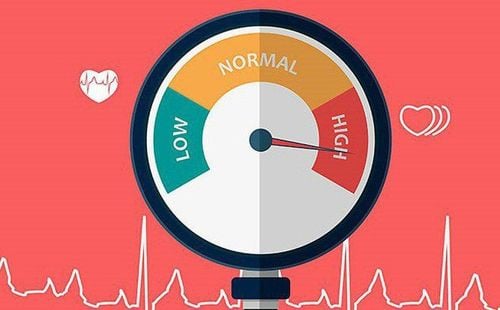
Có 81,3 trường hợp mắc hội chứng chuyển hóa có tăng huyết áp so với 53,1% ở nhóm không mắc hội chứng này
H.S.Park when applying IDF's diagnostic criteria for metabolic syndrome in women from 20-80 years old, it was found that lowering blood HDL-c was common. highest (46.2%), followed by hyperglycemia (34.6%), hypertension (29%) and hypertriglyceridemia (20%).
3.2.Abdominal circumference While in the group with conversion syndrome If a woman has a large waist circumference as a mandatory criterion, then in the group without metabolic syndrome, 27.3% of women are still obese (according to the waist circumference criterion)
When menopause occurs, a decrease in estrogen leads to The accumulation of fat in the center causes the morphological change from pear-shaped to obese g apple. Menopause usually does not increase body weight, but the increase in BMI is mainly related to the aging process, when menopause occurs even though BMI does not change, the redistribution of body fat is still the same. happen.
3.3.Blood pressure There were 81.3 cases of metabolic syndrome with hypertension compared with 53.1% in the group without this syndrome. When grouping by time of menopause, there was also a difference in the prevalence of hypertension between the two groups, and it was most obvious in the group with menopause over 9 years of 36.2% in the group with metabolic syndrome and 22.9% in the group without metabolic syndrome.
3.4.Bilan blood lipids Some studies show when menopause occurs. HDL-c is only slightly decreased or even unchanged. However, the change in the composition of HDL was more important than the change in the concentration of HDL-c.
In the group with metabolic syndrome, the concentration of triglycerides, HDl-c hardly changed when the time of menopause gradually increased. The rate of increase in total cholesterol was quite high in postmenopausal women and was highest in the group with metabolic syndrome with menopause duration less than 9 years (85.4 %-86.3%). The rate of elevation of LDL-c was also high corresponding to blood triglycerides in the group with metabolic syndrome with menopause time less than 9 years (66.7%-68.3%).
3.5.Plasma glucose (Go) The rate of increased fasting blood glucose and/or diabetes treatment was 18.7% in the group with metabolic syndrome, much higher than in the group without metabolic syndrome ( 7.2%).
4. Symptoms of disorders in menopausal women

Những cơn bốc hỏa và đổ mồ hôi là triệu chứng bệnh ở phụ nữ mãn kinh
5. Prevention
Perimenopause and menopause are stages that every woman has to go through in her life. Some people go through it smoothly, but there are also people who experience many disturbances that cause a lot of discomfort, affecting their health, daily life, work, and family happiness.Therefore, a woman entering the perimenopause and menopause needs to have an optimistic attitude, create a loving life, help her spirit to be refreshed, avoid anxiety and depression, and build a healthy lifestyle. For a scientific work plan to enhance health protection, attention should be paid to the following issues:
Nutrition: There should be a reasonable, adequate and balanced diet of food groups, providing enough water, increase fiber, supplement with vitamins of groups A, B1, B6, B9, B12, C, D, E...; vitamin A is abundant in liver, fish, milk, carrots, green vegetables, apricots, cucumbers, corn...; vitamin D is found in fish, liver, egg yolk, pork, milk fat...; vitamin E found in flour, almonds...; vitamin C is found in oranges, lemons, grapefruits, green vegetables, cabbage, watercress, mangoes, radishes, onions, sweet peppers, coriander, guava...; vitamin B1 is found in rice, flour, chickpea flour, chicken, mushrooms...; vitamin B6 is found in veal liver, minced meat, chicken, corn...; vitamin B9 is found in asparagus, green vegetables, green beans, liver, chicken, eggs ... and vitamin B12 is found in cheese made from goat and lamb, fish, almonds, watercress, sauerkraut , fresh milk, powdered milk, yogurt, soy milk, mineral water... In addition, it is necessary to supplement the amount of calcium found in milk, eggs, yogurt to help reduce mood swings and headaches. Eat more fruits and vegetables to increase magnesium levels, thereby increasing serotonin levels to help reduce stress. Avoid foods high in fat, salt, stimulants such as alcohol, beer, coffee, tobacco. In particular, it is recommended to add foods rich in natural estrogen from plants such as: soybeans (soybeans) and foods made from soybean sprouts.
Gradually increase longevity by raising awareness, changing behavior, changing lifestyle to help mental clarity and optimism. Regular exercise and sports such as: walking, nourishing exercises, dancing, yoga, age-appropriate forms of healthy play... to maintain the flexibility of the musculoskeletal system, prevent falls fall, maintain a neat figure, avoid overweight - obesity.

Tập thể dục thể thao thường xuyên như: đi bộ, yoga, khiêu vũ,...
Please dial HOTLINE for more information or register for an appointment HERE. Download MyVinmec app to make appointments faster and to manage your bookings easily.




